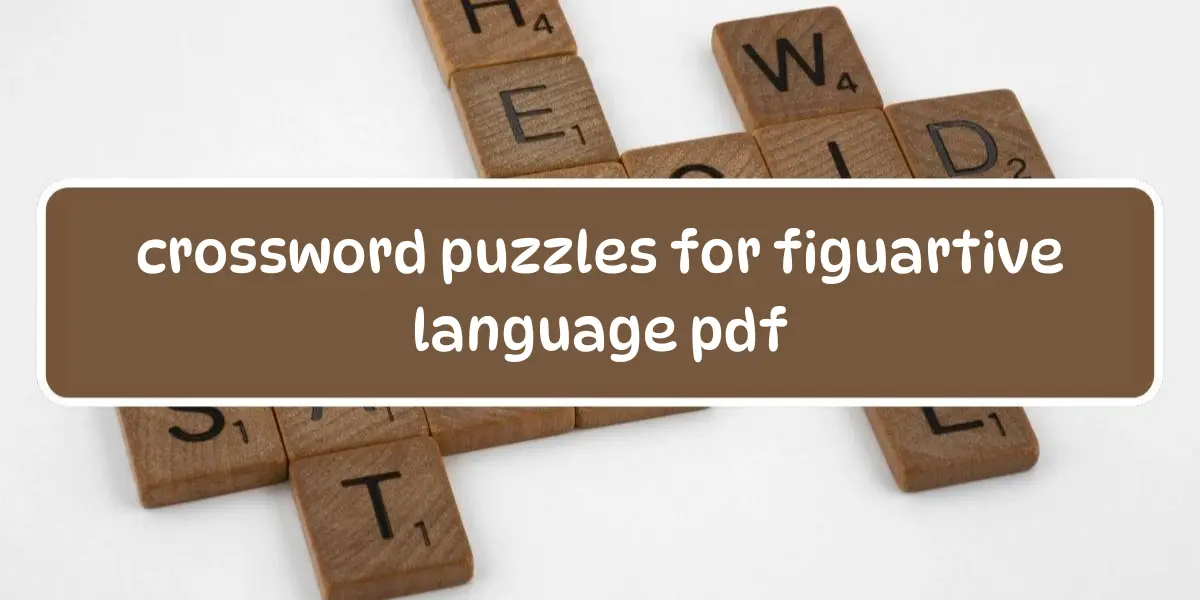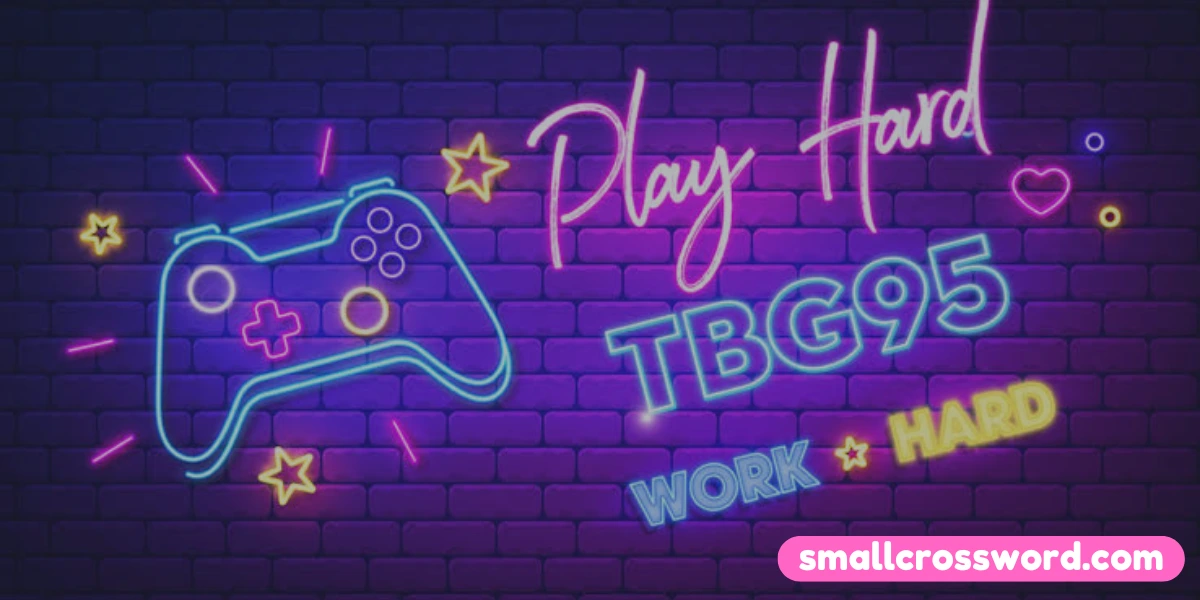
Figurative language is a staple of effective communication, adding depth and vivid imagery to our speech and writing. For students, mastering figurative language is a crucial step in developing literacy skills. One engaging way to teach and reinforce these concepts is through crossword puzzles. And to make this educational journey even smoother, we’re here to introduce the “Figurative Language Crossword Puzzle Answers PDF.”
What is Figurative Language?
Before diving into the crossword puzzles and their answers, let’s briefly review what figurative language is. Figurative language includes various figures of speech that go beyond the literal meanings of words to give readers new insights and enhance their experiences. Common types include:
- Similes: Comparisons using “like” or “as” (e.g., “as brave as a lion”).
- Metaphors: Direct comparisons without using “like” or “as” (e.g., “time is a thief”).
- Personification: Giving human traits to non-human things (e.g., “the wind whispered”).
- Hyperbole: Exaggerated statements not meant to be taken literally (e.g., “I’ve told you a million times”).
- Onomatopoeia: Words that imitate sounds (e.g., “buzz,” “clang”).
- Alliteration: Repetition of initial consonant sounds (e.g., “Peter Piper picked a peck of pickled peppers”).
- Idioms: Phrases with meanings that aren’t obvious from the individual words (e.g., “it’s raining cats and dogs”).
The Value of Crossword Puzzles in Learning
Crossword puzzles are not just a fun pastime; they are also a powerful educational tool. Here’s why they are beneficial, especially when it comes to learning figurative language:
- Reinforcement of Vocabulary: Solving crossword puzzles helps students reinforce their understanding of terms and definitions.
- Improved Spelling: Regular engagement with crosswords can enhance spelling skills.
- Critical Thinking: Figuring out the answers requires logical thinking and problem-solving skills.
- Memory Enhancement: The repetitive nature of puzzles aids in memory retention.
- Engagement: Puzzles are a fun way to keep students engaged in the learning process.
Using the Figurative Language Crossword Puzzle Answers PDF
To maximize the learning benefits, it’s essential to have access to the answers. This ensures that students can check their work and understand where they might have gone wrong. Here’s how to effectively use a Figurative Language Crossword Puzzle Answers PDF:
- Practice and Check: Students should first attempt to solve the crossword puzzle on their own. Once they’re done, they can use the answer PDF to check their work.
- Identify Patterns: By reviewing the answers, students can identify common patterns and themes in figurative language.
- Clarify Doubts: If a student doesn’t understand why a particular answer fits, they can research or ask for clarification, leading to a deeper understanding.
- Encourage Group Work: Solving puzzles in groups and then reviewing answers can promote discussion and collective learning.
FAQs
A: These PDFs can often be found on educational websites, teaching resources platforms, or directly from the creators of the crossword puzzles. Some schools and teachers might also provide these resources.
A: The complexity of the crossword puzzles can vary. Some are designed for younger students with simpler figurative language examples, while others are more challenging, suitable for older students or those at advanced literacy levels.
A: One effective method is to use the answers as a last resort. Encourage students to try their best first, and only refer to the answers if they’re stuck or after they’ve completed the puzzle.
A: Absolutely! There are many online tools and software that allow you to create custom crossword puzzles. This can be a fun way to tailor the puzzles to the specific needs and skill levels of your students.
A: To ensure that students are learning, you can ask them to explain why each answer fits, or have them come up with their own sentences using the figurative language terms they’ve just practiced.
Conclusion
Figurative language is an essential component of literacy, enriching our communication and creative expression. Crossword puzzles provide a dynamic and interactive way for students to engage with these concepts. By utilizing resources like the Figurative Language Crossword Puzzle Answers PDF, educators can enhance their teaching methods and provide students with the tools they need to succeed. So, download those PDFs, sharpen those pencils, and get ready to dive into the world of figurative language!

